The chief fragment of a photograph is Light. Without Light, we are incapable to shoot any photograph. The reason to the same is that if there isn’t any light then there isn’t any visibility and photographs are all about visualizing
moment. Light can be put down into two parts- Natural Light and Artificial Light. Different situations and varied types of shots define the usage, pros and cons of a particular light.Let’s discuss the meaning, utility and pros of both the lights.
Natural Light:
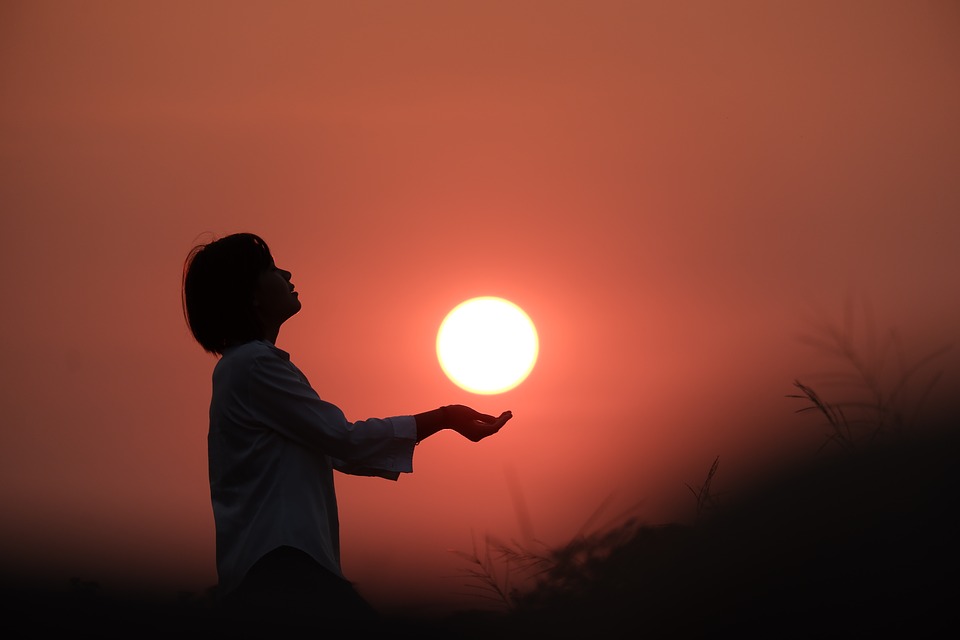
Sun is the major source of natural light which is a self-generated form of light. It contains lively spectrum of colors which is well defined for the life sustained on Earth. It’s cost less which elucidates a major saving in the total project of a shoot. Capturing photographs in Natural Light is considered to be the easiest way for the beginners because the skills prescribed for good photographs in this light are easy to understand and implement. Also, if considered a fact, cameras are invented in such a way that they can first be put into use in the Natural Light.
Tips for Natural Light Photography:
1. Use of Windows: The soft natural light passing through the windows helps to give a tender and placid look to your photograph. For more looks to the same, you may turn off the artificial lights of your room.
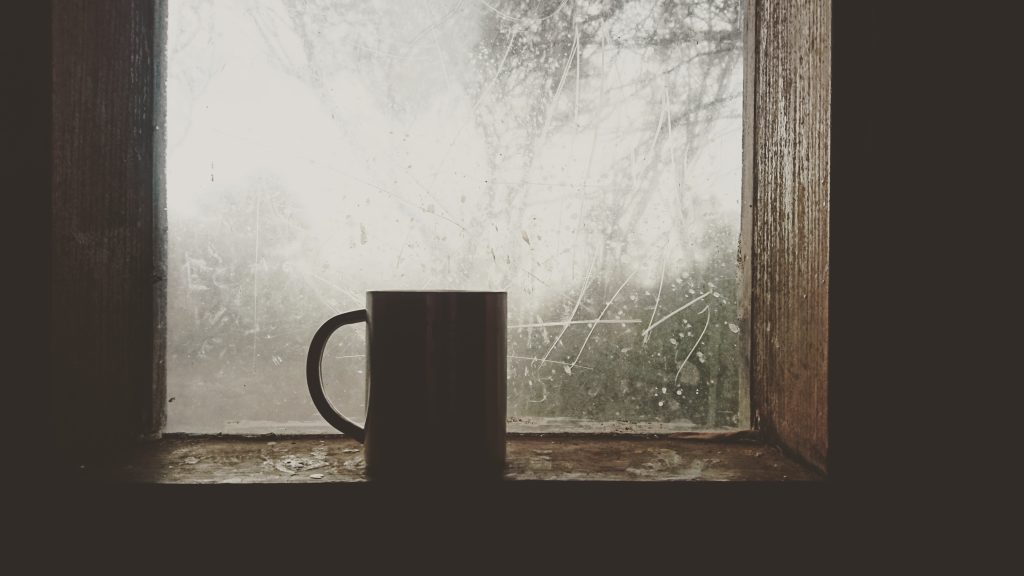
2. Sunrise and Sunset Shoots: Without a doubt, it can be said that the most beautiful light in a day happens to be before and after sunset. It allows clicking narrative and well-exposed images. This light happens to be the most suitable light to allure a human face.
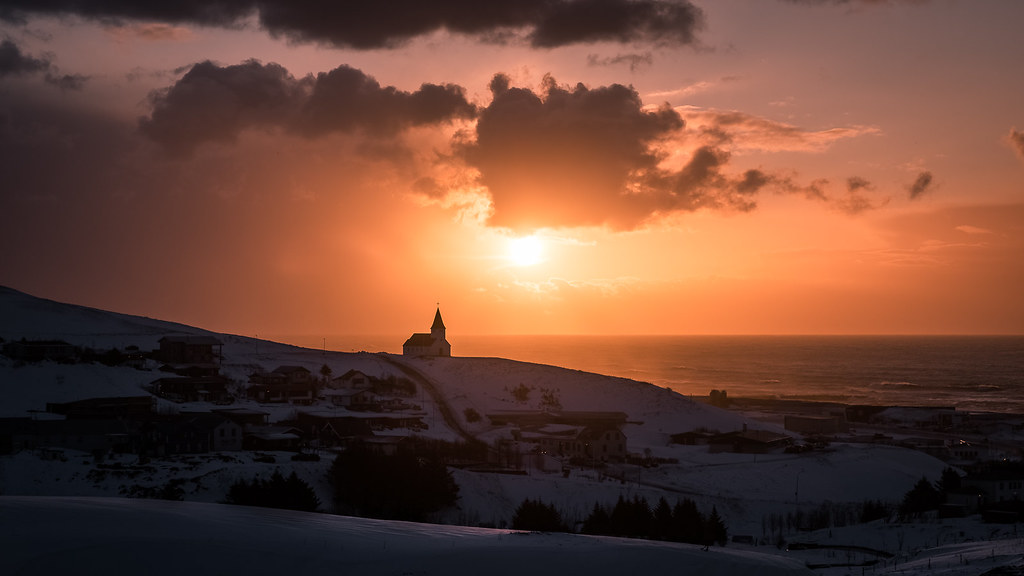
3. Maintaining Distance from the Sun: Sometimes, the harsh light of the Sun turns out to be disrupting for the images. In this case, sun rays tend to overlap the whole photograph. So, to overcome this problem, place your model far away from the Sun which gives a result of a good golden glittering image of your model.
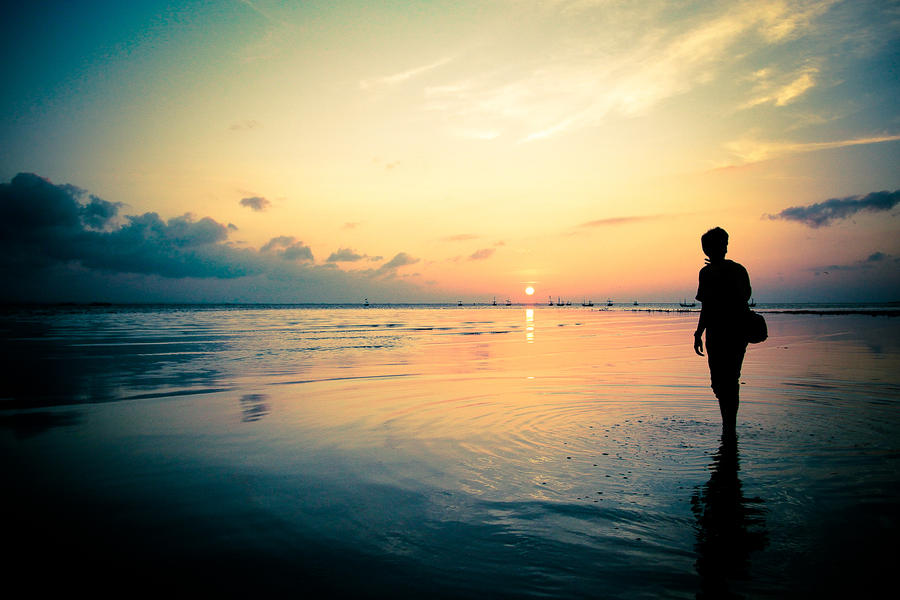
4. Manual Mode: Open the aperture as much as you can and shoot with manual mode. Stick to the general rule and that is you have to match the speed of the shutter with that of the focal length of the lens.

5. Auto White Balance: To get a good balance of lighting looks and to get the perfect results of your shoot, set your camera at Auto White Balance. This button is usually placed at the back of your camera.
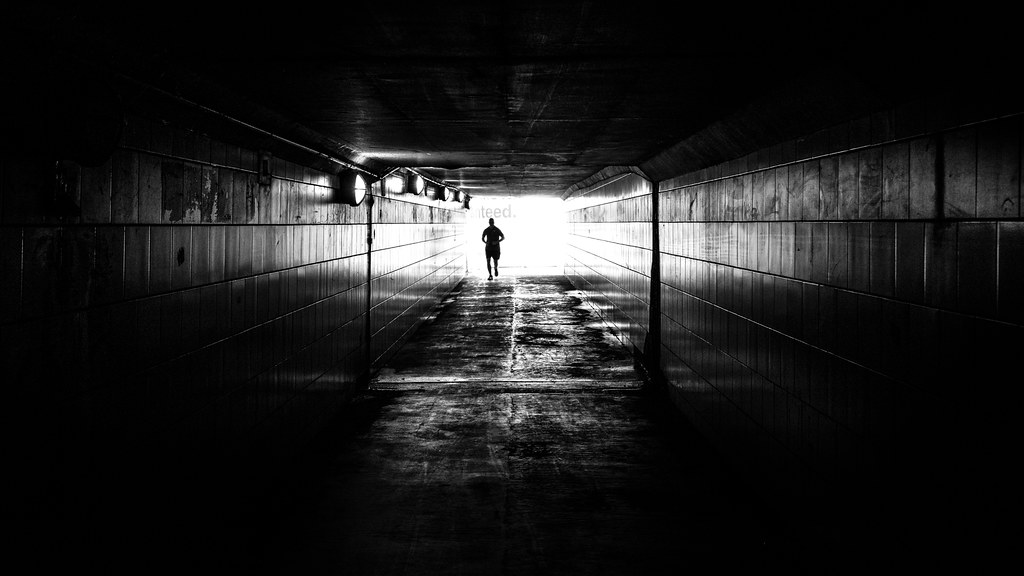
Applications:
1. Street Photography
2. Landscapes and Scenic Photography
3. Documentary Photography
4. Outdoor Setup Photography (Example: Pre-Wedding Photography,
Bridal Portraits, Vacations Photography and so on)
Artificial Light:
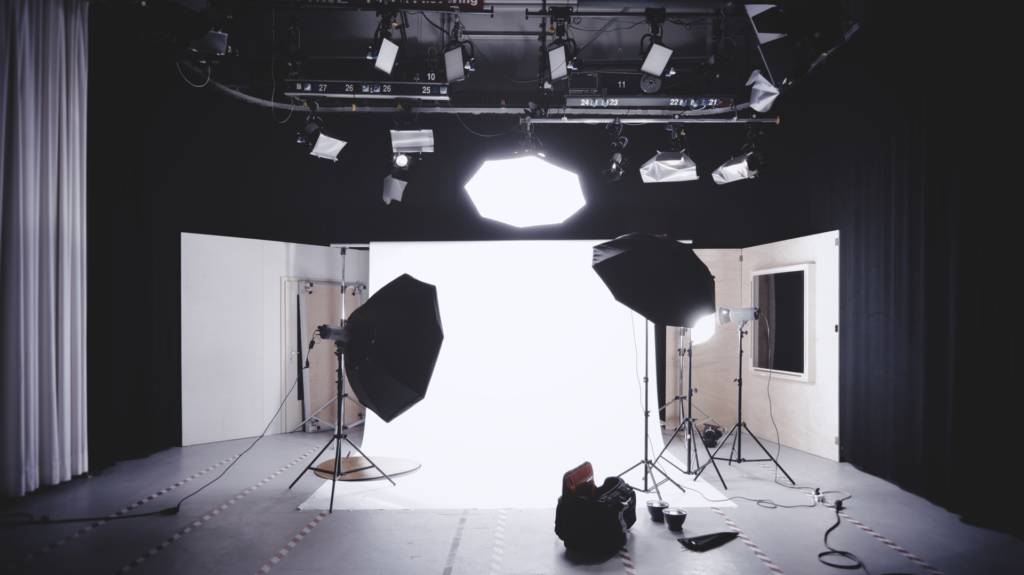
Artificial Light is a man generated light from different sources of energy. The greatest advantage of this light is that we can control it and put it into use whenever we desire to. This means that we can plan the shoots at any hour of
the day. In addition to that, we can take a lead in choosing the quality and quantity of the Artificial Light. One of the major sources of Artificial Lights is Strobe. Basically, strobes are the lights which are availed for portrait sessions.
Tips for Artificial Light Photography:
1. Use of Reflectors: It is an equipment which is cheaply available in the market and is readily comfortable to make it by yourself. You can make it by a plain white sheet wrapped on a cardboard. Size will completely depend on your choice. Use of reflectors gives a soothing tone to your object and helps you get some professional shots.

2. Avoid Lighting at the Top: Avoid that the light falls directly on the top portion of your object. Place your object or lighting in such a way that it has its impact on the floor.
3. Use of Tripod: It avoids blurry images and helps in to maintain longer exposure.
4. Sometimes, Lighting doesn’t Matters: Sometimes, lighting is just the matter of visibility and moments are beautiful enough to be captured without any professional setups. So, there’s a possibility that you may face some situations where you need to avoid lighting technicalities.
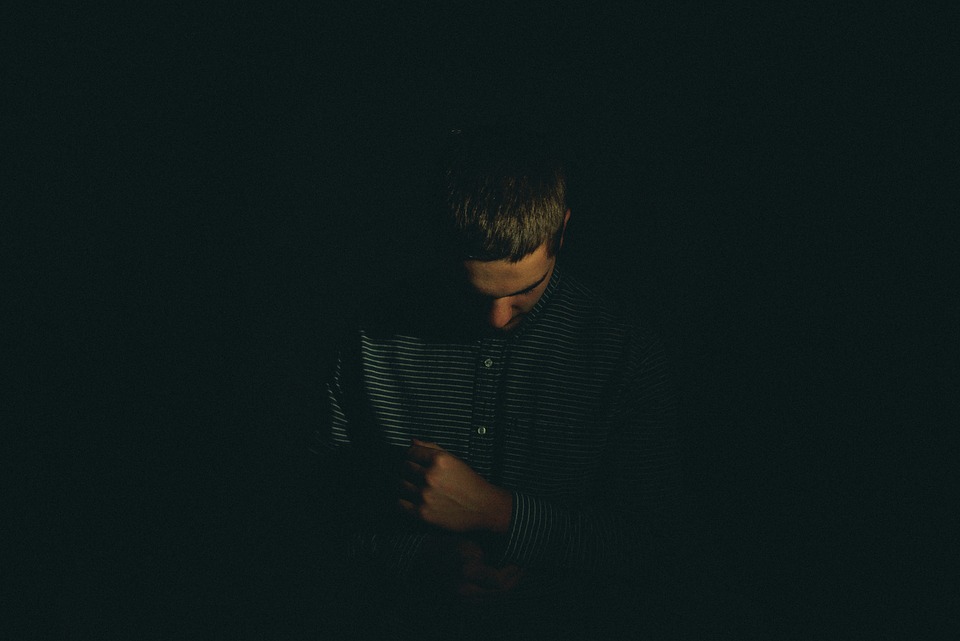
Applications:
1. Jewellery Photography
2. Fashion Photography
3. Product Photography
4. Portfolios for Modelling, Acting and so on.
